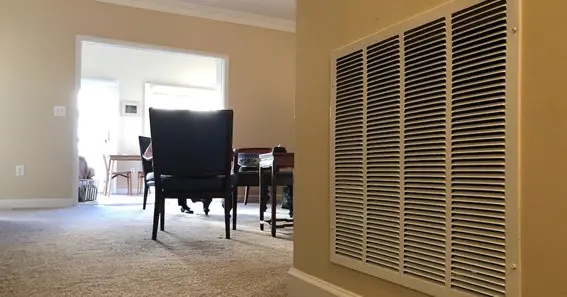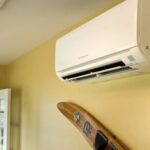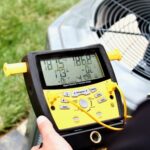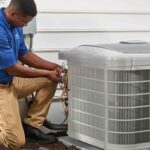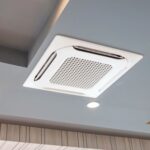An AC return vent is a crucial component of your home’s HVAC system, responsible for maintaining balanced airflow and ensuring efficient operation. By facilitating the return of indoor air to the system for reconditioning, return vents help maintain consistent temperatures and improve indoor air quality.
What Is an AC Return Vent?
An AC return vent, also known as a return air grille, serves as the entry point for air to re-enter your HVAC system after circulating through your home. Unlike supply vents that deliver conditioned air into rooms, return vents pull air back into the system to be filtered, reconditioned, and redistributed. This continuous cycle is essential for maintaining proper air pressure and temperature consistency throughout your living spaces.
Importance of Properly Functioning Return Vents
Properly functioning return vents are vital for several reasons:
- Maintaining Air Pressure: Return vents help balance the air pressure within your home by providing a pathway for air to return to the HVAC system. This balance ensures that conditioned air can be effectively distributed without causing strain on the system.
- Enhancing Air Quality: As air passes through return vents, it is directed through filters that capture dust, allergens, and other particulates. This filtration process improves indoor air quality by reducing contaminants circulating in your home.
- Improving Energy Efficiency: Efficient return vents allow your HVAC system to operate optimally by ensuring a steady flow of air. Blocked or improperly placed return vents can hinder airflow, causing the system to work harder and consume more energy.
Common Issues with Return Vents
Several issues can compromise the performance of return vents:
- Blockages: Furniture, drapes, or other obstructions can impede airflow into return vents, disrupting the balance of the HVAC system and reducing efficiency. It’s essential to keep these areas clear to maintain proper airflow.
- Dirty Filters: Clogged filters can restrict airflow and diminish air quality. Regularly inspecting and replacing filters is necessary to ensure the system functions effectively.
- Improper Placement: Return vents should be strategically located to facilitate efficient air circulation. Poor placement can lead to uneven temperatures and increased energy consumption.
Best Practices for Maintaining Return Vents
To ensure your return vents contribute positively to your HVAC system’s performance:
- Regular Cleaning: Dust and vacuum return vents periodically to prevent dust buildup that can impede airflow.
- Unobstructed Airflow: Arrange furniture and other items to avoid blocking return vents, allowing free movement of air.
- Filter Maintenance: Check and replace air filters as recommended by the manufacturer to maintain air quality and system efficiency.
- Professional Inspections: Schedule regular HVAC inspections to identify and address any issues with return vents or other system components.
FAQs
1. Can I close or block my return vents to redirect airflow?
No, closing or blocking return vents can disrupt the balance of your HVAC system, leading to increased pressure, potential damage, and reduced efficiency. It’s advisable to keep return vents open and unobstructed.
2. How can I identify a return vent in my home?
Return vents are typically larger than supply vents and do not have adjustable louvers. You can identify them by placing a tissue near the vent; if the tissue is drawn toward the vent, it’s a return vent.
3. Is it necessary to have return vents in every room?
While not mandatory in every room, having multiple return vents throughout your home can enhance airflow and system efficiency. Consult with an HVAC professional to determine the optimal placement for your specific layout.
4. How often should I clean my return vents?
It’s recommended to clean return vents at least once every few months. However, homes with pets or high dust levels may require more frequent cleaning to maintain optimal airflow and air quality.
5. Can I paint my return vent covers to match my interior décor?
Yes, you can paint return vent covers to blend with your home’s décor. Ensure you use appropriate paint and avoid clogging the vent openings to maintain proper airflow.
